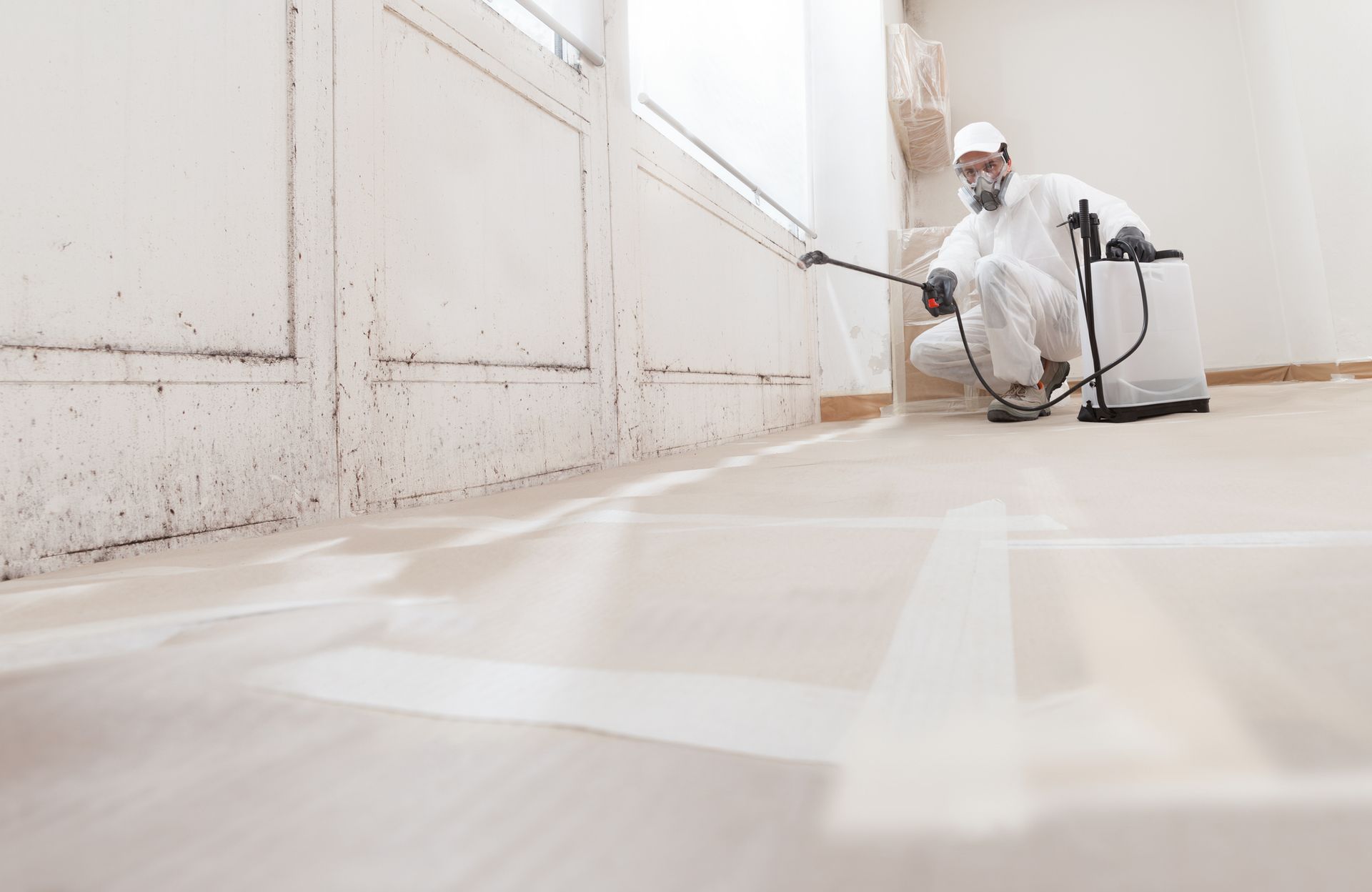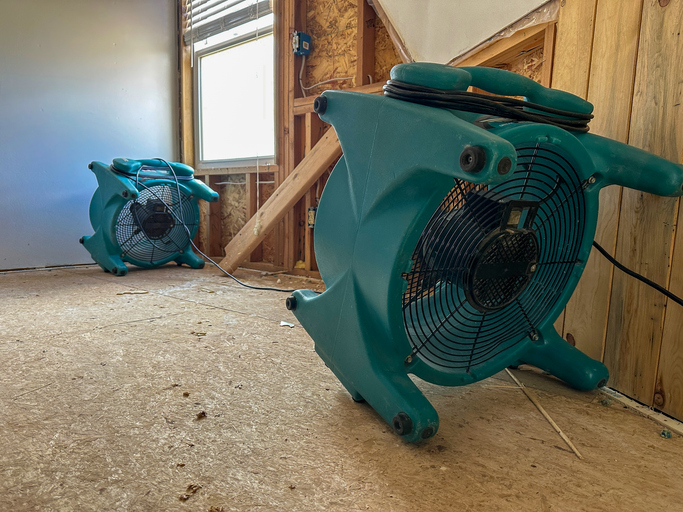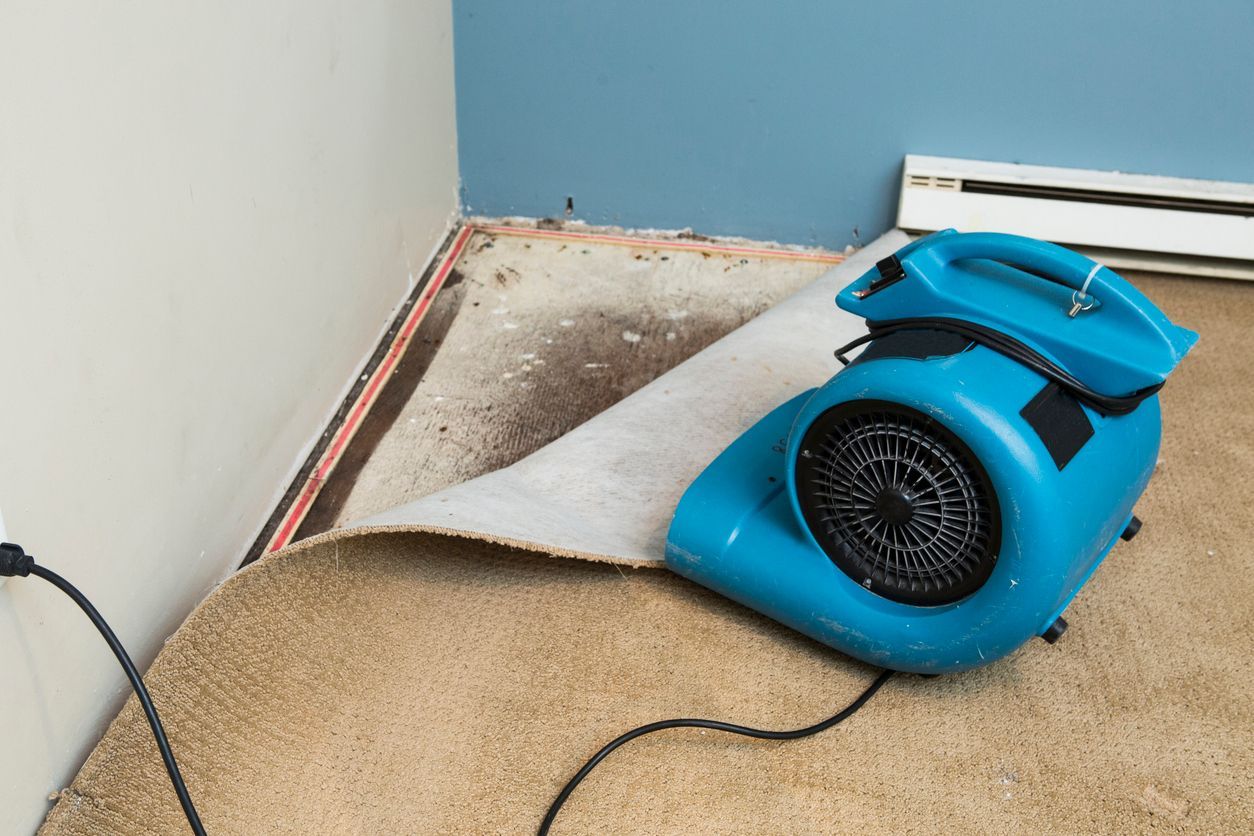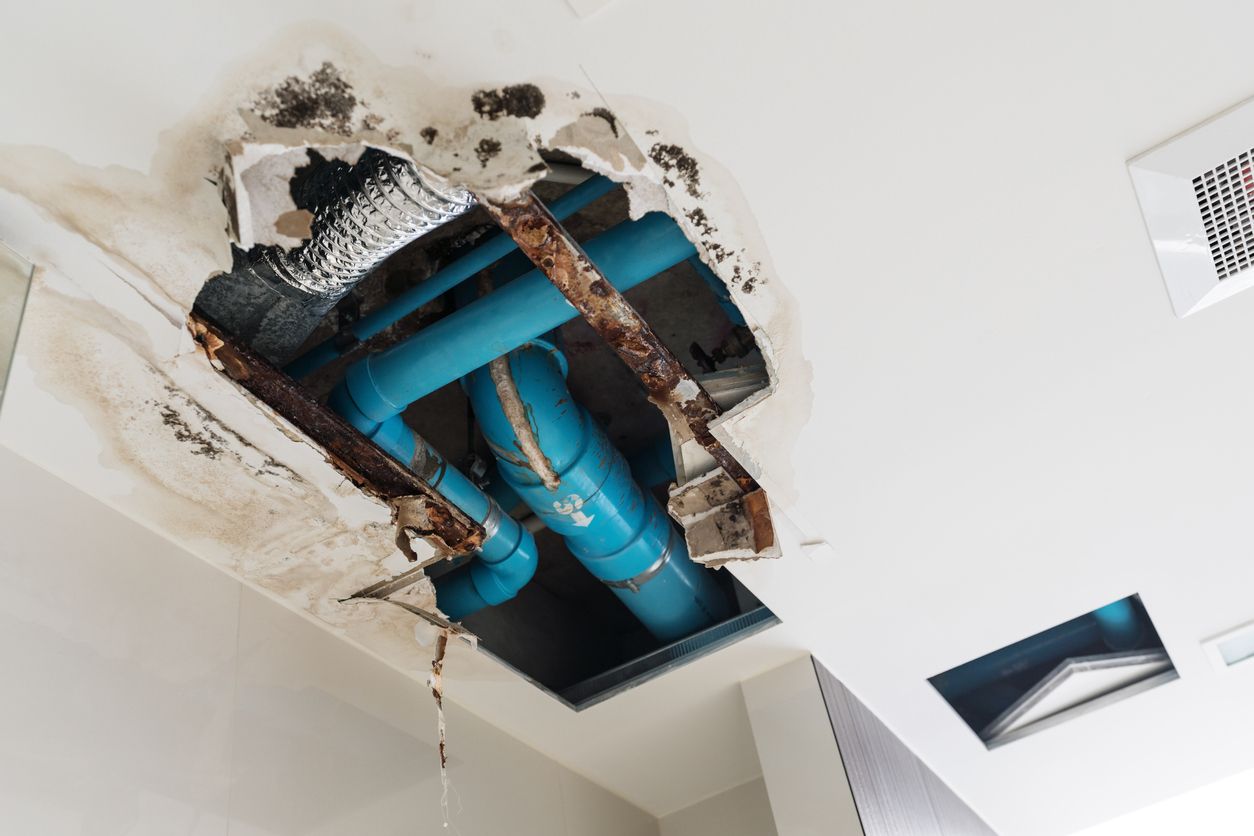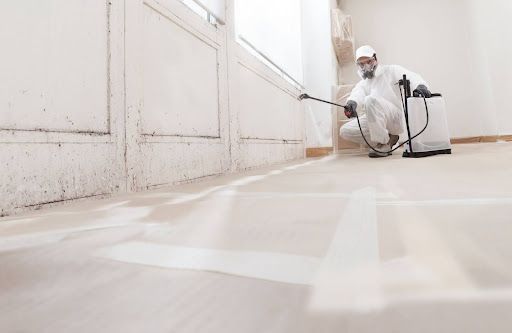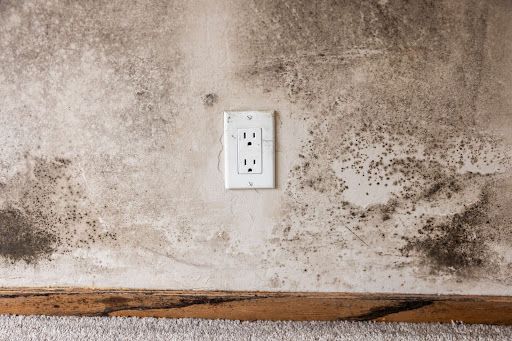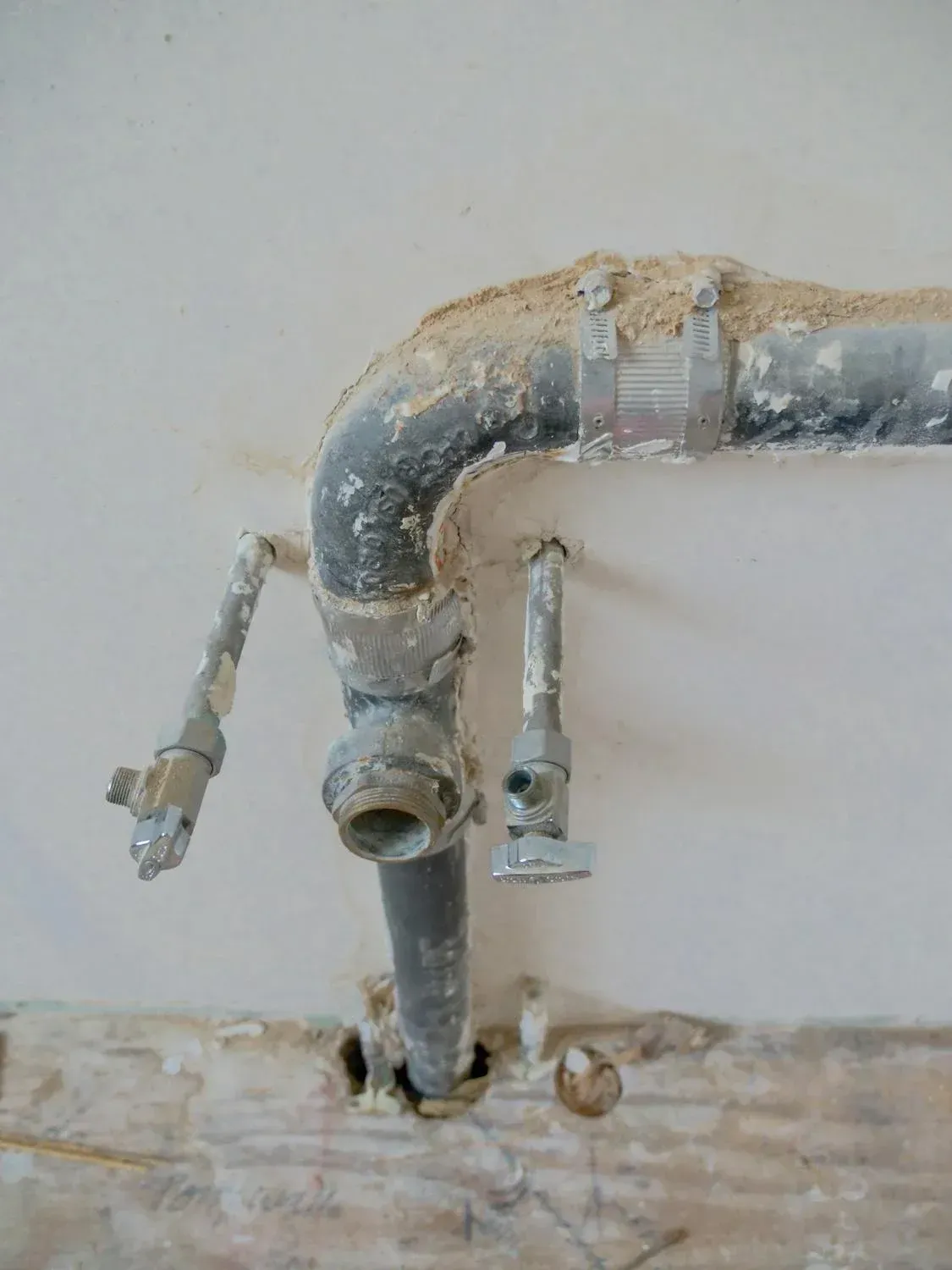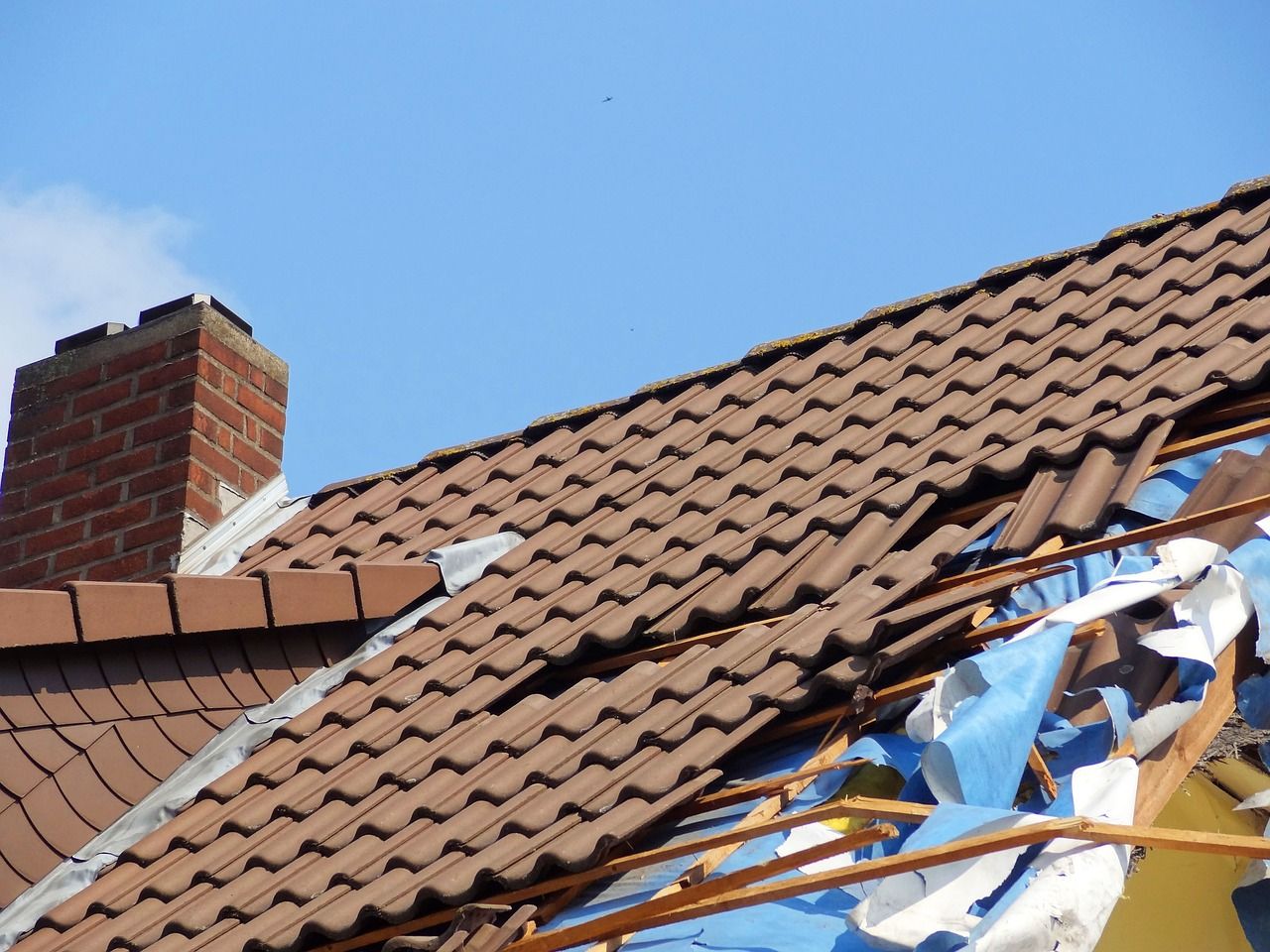Understanding Water Damage Restoration Timeframes
Water damage restoration can vary depending on the extent of the damage and the services required. If you're dealing with a water emergency, it’s important to act quickly. The overall restoration process may take anywhere from a few days to a few weeks. However, for a personalized solution to your specific situation, consider reaching out to professionals who offer damage restoration services. Knowing the average restoration times can help you plan accordingly and minimize disruption to your home or business. Keep reading to find out how long different steps typically take and what factors might affect the timeline.
Assessing Water Damage
Factors that Determine Severity
Several factors influence the severity of water damage. One of the key factors is the source of the water. Water from clean sources, like a broken pipe, may cause less damage than water from a flood or sewage backup. The amount of time the water has been sitting also matters. The longer water remains in place, the more damage it can cause. Materials in your home, such as wood or carpet, absorb water differently, which can also affect the damage. Finally, the area affected, whether it's a small room or an entire floor, plays a role in how severe the damage is.
Initial Inspection and Planning
The first step in water damage restoration is a thorough inspection. Restoration professionals assess the affected areas to determine the extent of the damage. They check for visible and hidden damage using moisture meters and other tools. This inspection helps in creating a detailed plan for restoration. The plan includes what needs to be removed or repaired and how much time the process will take. Once the plan is in place, the team can begin water extraction and drying procedures to prevent further damage. Early inspection and planning are key to a smooth restoration process.
Water Extraction
How Long Does Extraction Take?
The time it takes to extract water depends on the extent of the flooding. In smaller areas with minimal water, the extraction process can take just a few hours. For larger areas or severe flooding, it may take a full day or more. The type of surfaces affected also matters. Carpets and wood floors may require more time to fully extract water compared to tile or concrete. Quick action is important since standing water can lead to further damage, such as mold growth. A professional team usually works as quickly as possible to remove water and reduce risks.
Different Methods for Water Removal
There are several methods used for water removal depending on the situation. For small amounts of water, wet vacuums or portable pumps are often enough. These tools are effective for smaller spaces or isolated areas. For larger floods, truck-mounted extraction units may be used to quickly remove large volumes of water. In cases where water is trapped behind walls or under floors, special drying mats or injectidry systems can be used. These methods are designed to ensure no water is left behind, reducing the chances of long-term damage. Each method is chosen based on the type of flooding and the materials affected.
Drying and Dehumidification
Timeframes for Air Drying
The time needed for air drying can vary based on several factors. In general, it can take anywhere from a couple of days to a week for most surfaces to dry completely. The size of the affected area and the materials being dried also play a role. For example, wood floors and carpets may take longer to dry compared to tile or concrete. The weather can also influence drying times, as warmer, drier conditions will speed up the process. The goal is to remove all moisture to prevent mold and further damage.
Importance of Professional Dehumidification
Professional dehumidification is an important part of the water damage restoration process. While air drying helps, it’s not always enough to remove all the moisture, especially in hidden areas like behind walls or under floors. Dehumidifiers work to pull excess moisture from the air, speeding up the drying process and preventing future issues like mold. Professionals use industrial-strength dehumidifiers that are far more effective than regular home units. This equipment helps remove any remaining moisture, protecting your home from long-term damage and providing peace of mind.
Cleaning and Sanitizing
How Long Does Cleaning Typically Take?
The time required for cleaning after water damage depends on the severity and the materials affected. In smaller spaces, with less damage, the cleaning process can take a few hours. Larger areas or spaces with significant damage may require one or two days to complete. The type of surface also matters. Carpets, walls, and wood floors may take longer to clean compared to tile or concrete. Professionals often use special equipment and cleaning agents to remove dirt, bacteria, and debris. The goal is to restore the area and prepare it for any necessary repairs or restoration.
Why Sanitization Is Necessary
Sanitization is an important step after water damage to remove harmful bacteria and contaminants. Standing water can cause bacteria, mold, and mildew to grow, especially if the water comes from unsanitary sources. Without proper sanitization, these contaminants can create health risks for people living or working in the affected area. Professionals use special cleaners and disinfectants to eliminate bacteria and odors, ensuring the space is safe to use again. This step helps prevent future issues, like mold growth and keeps the environment healthy and clean after water damage has been addressed.
Repairs and Restoration
Average Time for Minor Repairs
Minor repairs after water damage usually take less time compared to major structural work. For smaller fixes, like repairing drywall, replacing carpets, or touching up paint, the process may only take a few hours to a couple of days. These repairs are often quick because they don’t involve deep structural damage. The condition of the materials and the extent of the water damage will determine the exact time. For example, drying the area properly is important before making any repairs to ensure no moisture remains. This can make a difference in how fast the job is completed.
Time Required for Major Structural Work
Major structural work can take much longer, sometimes weeks or even months, depending on the damage. Structural repairs may involve fixing damaged walls, replacing support beams, or repairing the foundation. These types of repairs are more complex and require detailed planning. Affected homes might also need permits or inspections, which can add time to the process. Depending on the location, weather conditions, and the availability of materials, the timeline may vary. Professional teams work methodically to restore the structure while ensuring it is safe for use again once the work is completed.
Final Inspection and Follow-Up
Verifying Restoration is Complete
Once the main restoration work is done, a final inspection ensures everything has been properly restored. This step involves checking all repaired areas for any signs of moisture or structural weakness. Professionals often use tools like moisture meters to make sure no hidden water remains behind walls or floors. The team will also assess the quality of repairs to confirm the area is safe and stable. By taking this final look, they can be certain that no further damage will occur, and the space is ready to be used again.
Steps for Ongoing Maintenance
Ongoing maintenance after water damage is important to prevent future issues. Homeowners should keep an eye on areas that were previously damaged, watching for any signs of moisture or mold growth. Regularly checking your home’s plumbing and roofing systems can also help catch potential water leaks early. It’s also a good idea to schedule periodic inspections with a professional, especially in areas prone to flooding. Taking these steps helps protect your home from future water damage and ensures that any problems are addressed before they become serious.
Managing the Water Damage Restoration Process
Water damage restoration can be a complex process with multiple phases, each requiring a specific amount of time. Factors like the extent of the damage, the area affected, and the methods used all influence the timeline. While some homes may only need a few days for basic drying and cleaning, others may require extensive repairs that could take weeks. Understanding these timelines allows homeowners to be better prepared for what’s ahead, reducing stress and making the restoration process smoother.
